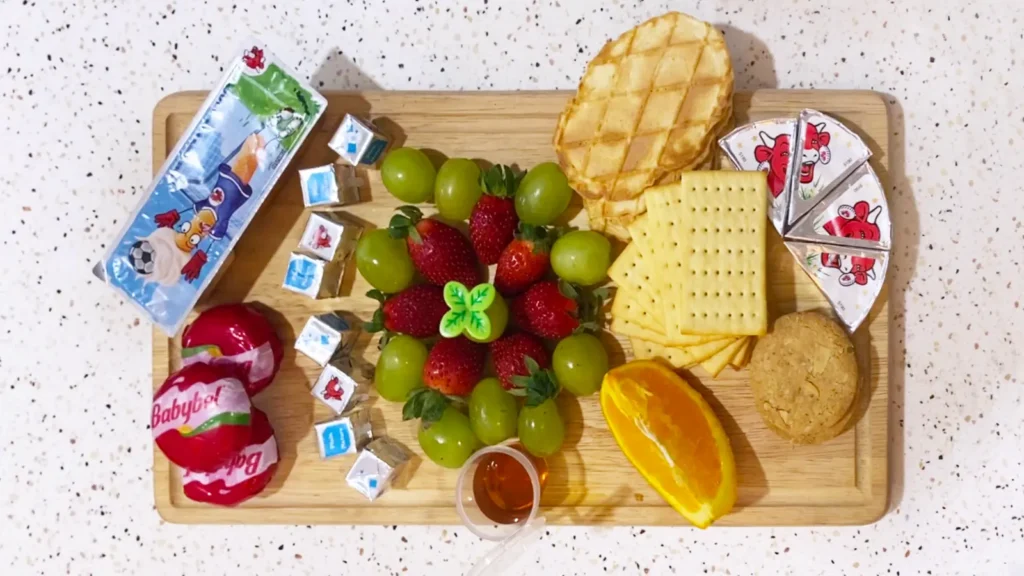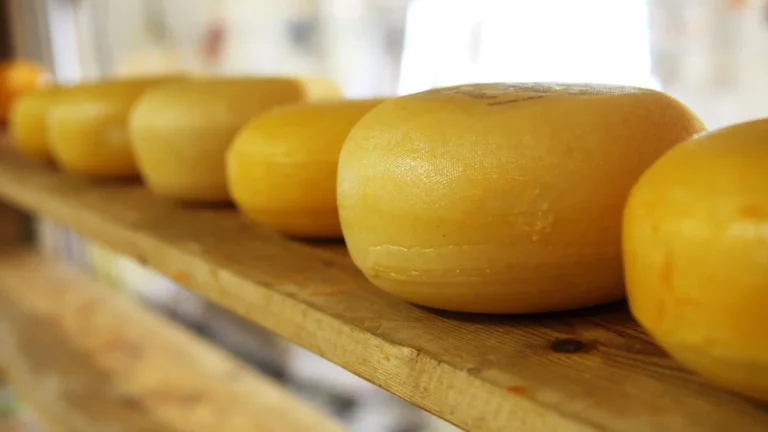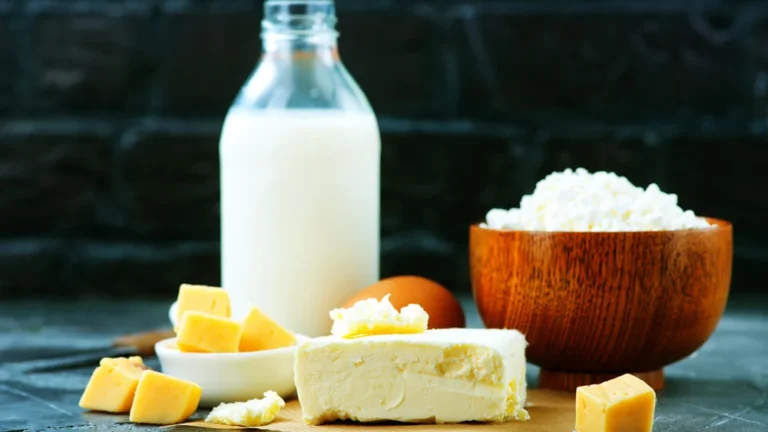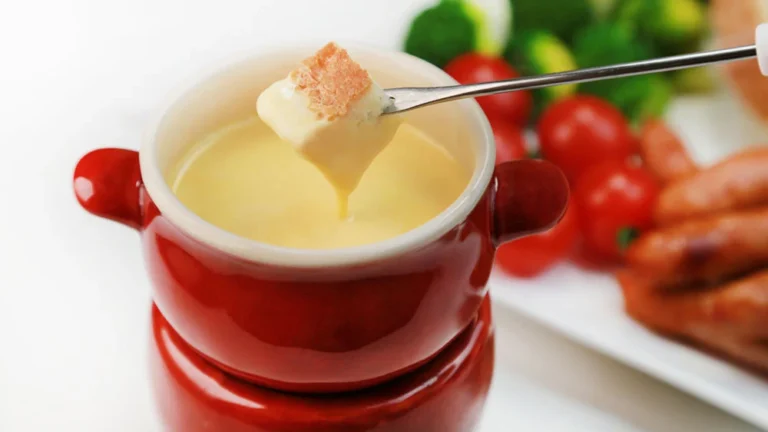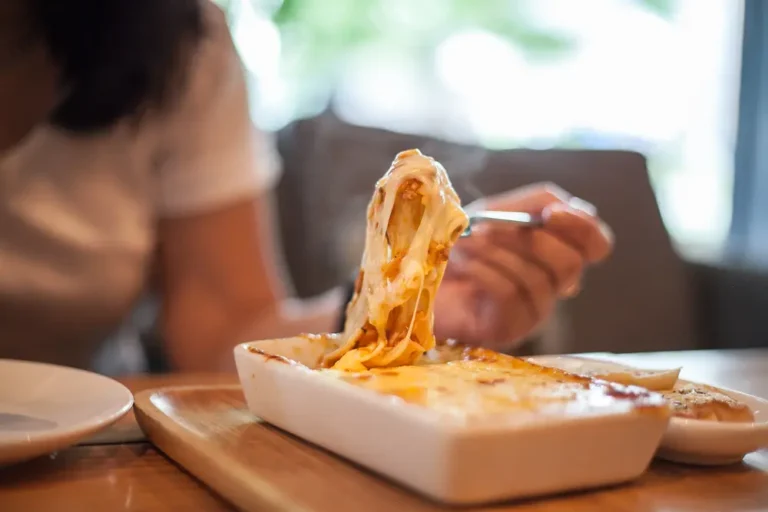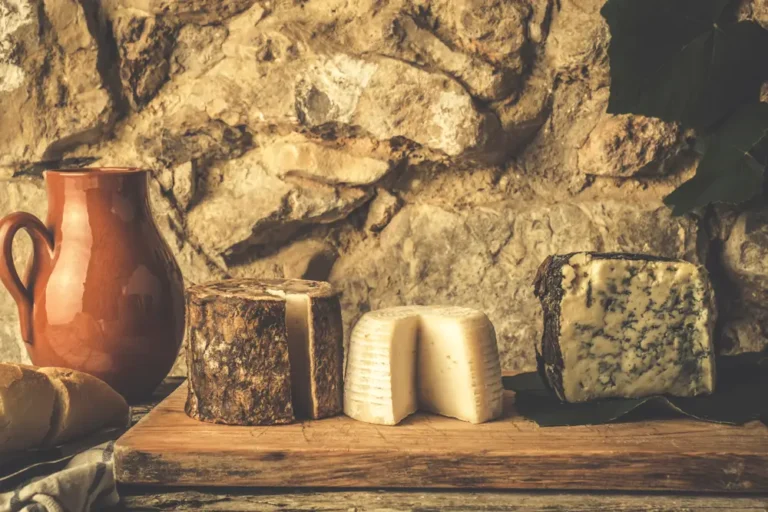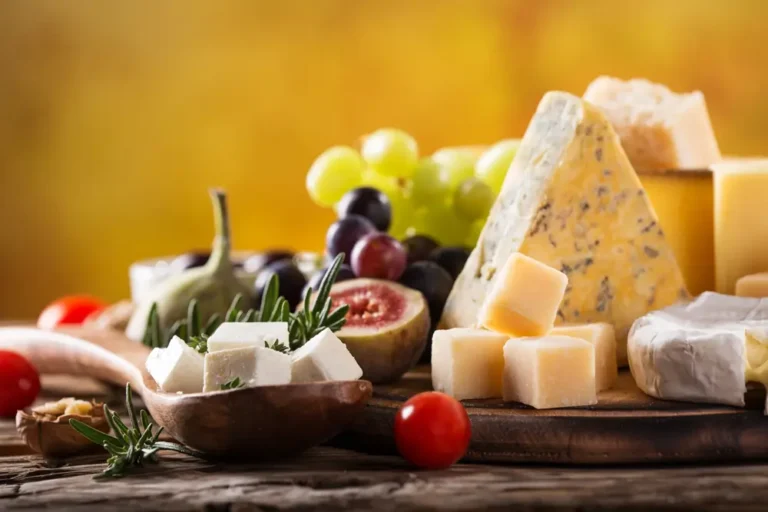You may already be familiar with cheese platters. These are luxurious dishes that are commonly served as appetizers or snacks.
If you are interested in serving a cheese platter as one of the dishes at an event you are hosting, then this article is the perfect information for you! Let’s take a look until the end.
What Is a Cheese Platter?
A cheese platter is a dish featuring a variety of different cheeses arranged together on a tray or platter. This dish can be enhanced by adding various accompaniments such as cured meats, vegetables, fresh fruits, nuts, and more.
Cheese platters are suitable not just for special occasions, but also as everyday snacks. They can typically be served before or after a meal.
Since cheese platters involve a diverse combination of cheeses, each with their own unique characteristics, cheese platters can be divided into several different types. Here are some of the more popular types of cheese platters:
- Grazing Board
This type of cheese platter is well-suited for serving at events with a larger number of guests. The main focus for a grazing board is to provide a diverse selection of different foods and flavors all contained within a single serving vessel.
Typically, a grazing board will include a variety of cheeses, an assortment of fruits, vegetables, nuts, and crackers or biscuits.
- Charcuterie Board
According to Britannica, charcuterie is a French term that refers to prepared meats. Originally, a charcuterie board would only contain various types of French cured meats.
However, over time the term “charcuterie board” has evolved to include not just meats, but other food items as well. Cheeses and vegetables can also be added to this type of platter.
The key difference between a grazing board and a charcuterie board is the range of food items included. While a grazing board can feature a diverse variety of different foods and flavors, a charcuterie board is more focused on presenting an assortment of cured or prepared meats.
Benefits of a Cheese Platter
This may have been a question for many people – is cheese a healthy food?
The answer is yes! With the condition that the amount of cheese consumed is not excessive, but rather in accordance with daily dietary needs.
Cheese is a source of protein that is supplemented with various other nutrients such as calcium, vitamins A and B-12, zinc, phosphorus, and riboflavin. While cheese is richer in fat and calories compared to other foods, this is not considered bad as long as the amount consumed is not excessive.
Cheese has been shown to protect teeth from cavities. Additionally, the types of fats contained in cheese are also known to have a beneficial impact on heart health.
To serve a healthy cheese platter, you can create one with a limit of 2-3 ounces per individual. So it’s a good idea to consider the number of guests attending before serving the cheese platter.
In addition to the benefits of cheese, serving a cheese platter also provides the benefits of other accompanying foods such as fruits, vegetables, cured meats, and nuts. Due to its comprehensive and diverse nutritional content, the cheese platter can be considered a healthy dish!
Common Types of Cheese Used
As a combination of various cheeses, here are the types of cheese that are commonly used and combined in a cheese platter presentation:
1. Soft Cheese
Soft cheeses are a type of cheese that have a relatively high moisture content, resulting in a soft, spreadable texture. Some examples of cheeses that fall into the soft cheese category include:
- Ricotta – a soft, creamy Italian cheese
- Brie – a soft, creamy French cheese with a bloomy rind
- Burrata – a fresh Italian cheese with a soft, creamy center
- Stracchino – a soft, creamy Italian cheese
- Camembert – a soft, creamy French cheese with a bloomy rind
- Mascarpone – a soft, creamy Italian cheese
The high moisture content of these soft cheeses gives them a smooth, easy-to-spread consistency, making them well-suited for cheese platters where they can be enjoyed by simply spreading them onto crackers or bread.
2. Semi-Soft Cheese
Not as soft as the soft cheeses, semi-soft cheeses can also be used in a spreadable manner, but they still allow for shaping and cutting into pieces. Cheeses that fall into the semi-soft cheese category that are commonly used in cheese platters include:
- Swiss Cheese – a firm, semi-soft cheese with a distinctive nutty flavor and holes
- Mozzarella – a semi-soft, mild-flavored Italian cheese that melts well
These semi-soft cheeses have a texture that is in between soft and hard cheeses. This allows them to be both spreadable as well as easily sliced or cubed for inclusion on a cheese platter. Their versatile nature makes them a popular choice alongside the softer and harder cheese varieties.
3. Hard Cheese
In contrast to soft and semi-soft cheeses, hard cheeses are those that are more aged compared to the other two types. This results in a more dense and firm texture. The hard cheese varieties that are commonly used in cheese platters include:
Cheddar – a firm, hard cheese with a sharp, tangy flavor
- Gouda – a firm, hard Dutch cheese with a sweet, nutty taste
- Edam – a firm, mild-flavored Dutch cheese
- Parmesan – a hard, aged Italian cheese with a salty, umami-rich taste
- Manchego – a firm, hard Spanish cheese with a slightly sharp, nutty flavor
These hard cheeses have a higher density and longer aging process, giving them a more robust and concentrated flavor profile compared to softer cheeses. Their firm texture also allows them to be easily sliced or cubed for inclusion on a cheese platter.
How to Make a Cheese Platter
This is the much-anticipated final part. So, after understanding what a cheese platter is, the benefits of a cheese platter, and the types of cheeses commonly used, the next step is how to create a cheese platter?
The steps we will show you can be used for any type of cheese platter. It’s definitely easy and doesn’t require cooking expertise. Let’s take a look!
Step 1: Prepare the main elements!
The first step you can take is to prepare the star of the show in this platter presentation – the cheese. Choose 3-5 different types of cheese, you can mix soft cheeses and hard cheeses.
Step 2: Add the main accompaniments!
Next, you can add accompaniments according to your preference. These can include cured meats, breads, and crisp crackers. Don’t forget to utilize the platter space as much as possible, such as by cutting bread into smaller pieces or folding cured meats.
Step 3: Fill the remaining space.
To fill the remaining space on the platter, you can add other interesting flavors like vegetables, fresh fruits, or nuts. Combining all these ingredients is also perfectly acceptable!
Step 4: Add extra garnishes!
Lastly, you can use small bowls to add little extras like honey, salt, or jams. And voila, the cheese platter is ready to be served!
Those are the four easy steps to create a special dish for your beloved guests! You can make the presentation more visually appealing by adding beautifully colored fruits or cutting the cheeses into more interesting shapes. Enjoy!
In addition to the cheese platter, you can also try recommendations for healthy cheese pairings here!

